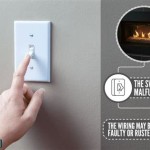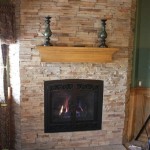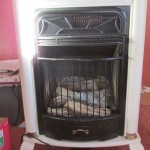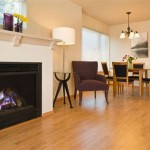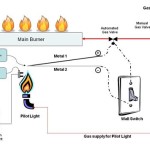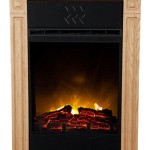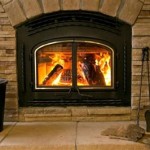Fireplace Wood Burning Stove Liner: Essential Aspects to Consider
A fireplace wood burning stove liner serves as a crucial component for ensuring the safety, efficiency, and longevity of your wood-burning appliance. Here are some essential aspects to consider when selecting and installing a stove liner:
Material: Stove liners are typically made from insulating materials such as ceramic fiber, firebricks, or vermiculite. Ceramic fiber liners are lightweight and highly insulating, providing excellent protection against heat and fire. Firebricks are more durable and can withstand higher temperatures, but they are heavier and more expensive. Vermiculite liners are a budget-friendly option that offers good insulation but may not be as durable as ceramic fiber or firebricks.
Thickness: The thickness of the stove liner affects its insulating capacity. Thicker liners provide better insulation and protection against heat damage, but they can also reduce the stove's overall heating efficiency. It is important to strike a balance between insulation and efficiency by selecting a liner thickness appropriate for the specific stove model and heating requirements.
Fit: The stove liner must fit snugly inside the combustion chamber to prevent heat from escaping and damaging the stove's exterior. Measure the combustion chamber carefully and select a liner that fits precisely. If the liner is loose, it may not provide adequate insulation and protection.
Maintenance: Stove liners require regular maintenance to ensure optimal performance and longevity. Periodically remove the liner and inspect it for any damage or cracking. Clean the liner by brushing away soot and debris, and replace it if necessary. Proper maintenance helps prolong the life of the stove liner and enhances the overall safety and efficiency of your wood-burning stove.
Safety: A stove liner is essential for protecting the stove from heat damage and preventing fire hazards. It helps maintain a consistent temperature within the combustion chamber, reducing the risk of overheating and accidental fires. By insulating the stove, a liner prevents heat from transferring to the surrounding walls or furniture, creating a safer operating environment.
Efficiency: A well-fitting stove liner improves the efficiency of your wood-burning stove. By reflecting heat back into the combustion chamber, the liner helps maintain a higher temperature, resulting in more complete combustion of the fuel. This leads to increased heat output and reduced fuel consumption.
Selecting a Stove Liner: When choosing a stove liner, consider factors such as the stove model, size, and the type of wood fuel used. Refer to the manufacturer's specifications and consult a professional if necessary to determine the most suitable liner for your specific needs. It is also important to follow the manufacturer's instructions for proper installation and maintenance to ensure the safety and effectiveness of your stove liner.

Chimney Liners Usa Wood Pellet Venting Information

Chimneys And Lining Stovax Gazco

How I Fitted A Stainless Steel Chimney Liner For Wood Burning Stove Jotul F400 Eco

How To Retrofit A Fireplace With Woodstove Small Farmer S Journalsmall Journal

Installation Series 1 4 Lining A Chimney

Osburn Matrix 2700 Wood Insert Ob02700

How To Install A New Chimney Liner Yourself

Ventis Wood Burning Fireplace Insert With Blower Hei240

Osburn 2000 Wood Insert Black Door Overlay Regular Faceplate Brushed Nickel Trim Kit 29 Inch X 44

Osburn 3500 Wood Insert With 5 X 25 Forever Flex Liner Kit

